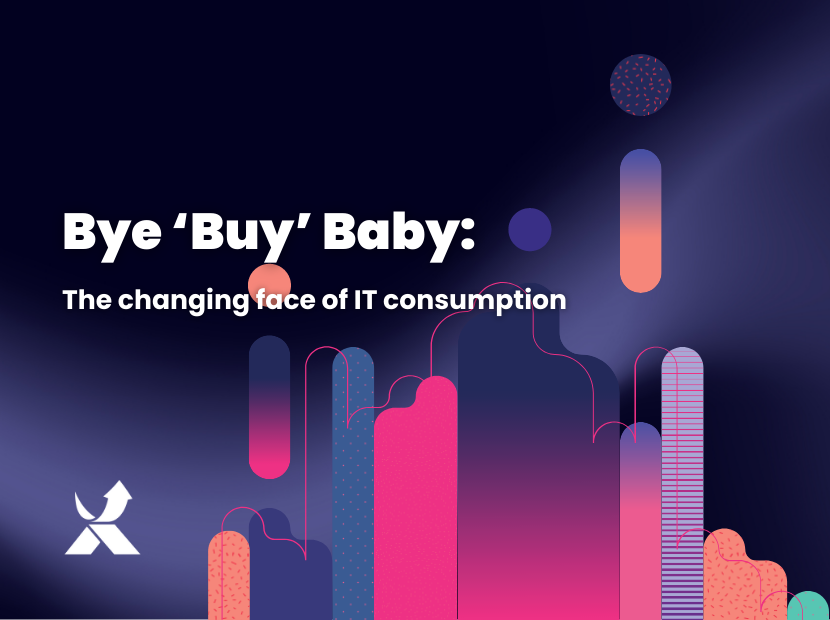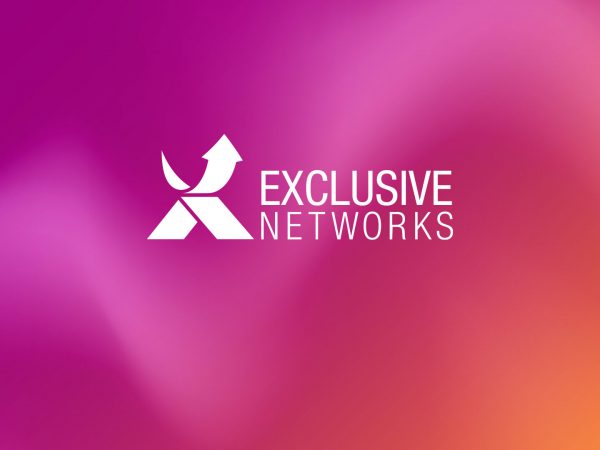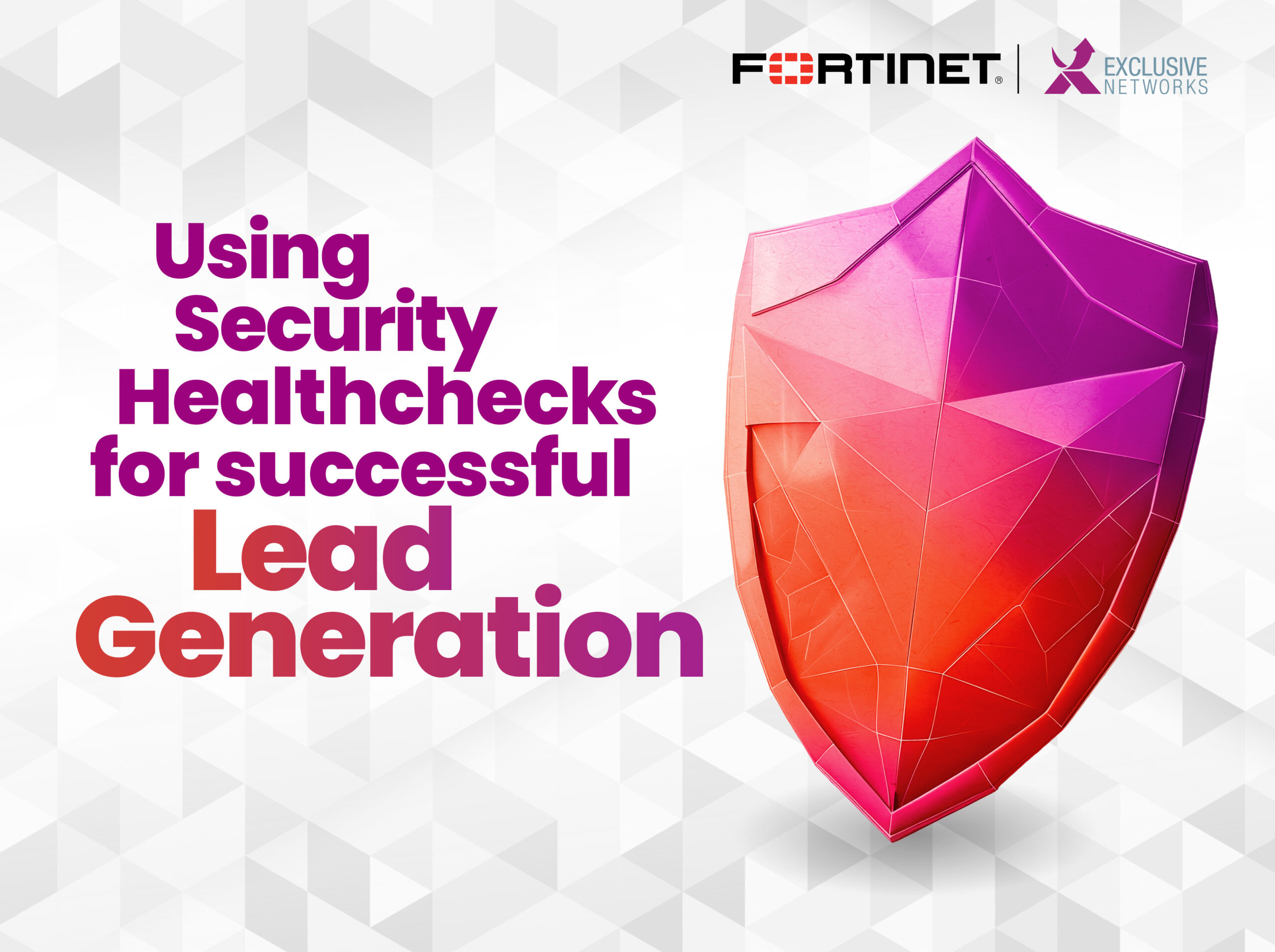
Owning things is so 2005. These days, the cool kids prefer to pay as they go. There are many benefits to paying for services rather than buying products, and this model is transforming everything – including business technology.
Thanks to the likes of Netflix and Spotify, you’re just as likely to pay for your movies and music by the month today rather than building up a collection of DVDs and vinyl. Some urban dwellers even pay for vehicles that way too, using smartphones to rent them by the minute for short trips without the headaches of ownership (or parking fees).
Is it any wonder that business technology users are getting in on the act? The cloud has made technology ownership in 2021 a little like writing and posting letters; it’s quaint, and people certainly still do it, but it’s going out of fashion.
Instead, subscriptions have gradually taken over the world of business technology. It began with the shift from perpetual software licenses to subscription ones, which the likes of Microsoft sold you to ensure that you were always patched and up to date. Then came the cloud, which changed everything.
Suddenly, the move away from ownership to subscription was about more than how you paid for on-site software. Businesses were able to rent software without installing it locally at all. Software that was on your laptop could connect to online storage, boosting your capacity with nary a networked hard drive in sight.
The cloud evolved to offer a panoply of computing resources, from computing power to storage. Today, businesses can consume their entire computing infrastructure on it without owning any of it. That includes not only the servers, storage, and network functions, but also the security capabilities such as firewalls, and infrastructure components such as databases, directory systems, and AI services that enable companies to build their own technology platforms. An IT team can even subscribe to virtual online desktops for business employees rather than buying high-spec endpoint hardware if it wishes.
The benefits of not owning your tech
This subscription model brings several benefits to customers, not least of which is capital savings. Not paying for hardware means up-front expenditure reduction but also saves ongoing maintenance and support costs.
Beyond that, subscription also brings flexibility. Products are usually configurable, but rarely as modular as cloud services. Instead of buying capacity or functionality in advance, companies can pay only for the power and features they need, when they want them. That enables them to run a tighter operation while ensuring that their subscribed service grows with them.
Flexibility is connected to another benefit: scalability. Subscription technology services can scale with a company’s needs, providing more resources during periods of peak demand. That’s great for the retailer that wants more order processing capability around Black Friday, or the professional services firm that needs a hundred extra desktops for temporary contractors working on a project.
The ability to manually flex a service makes a subscription model more responsive to a company’s changing needs, but it also serves new needs that customers might not know they had. Service providers thrive on their ability to innovate, layering powerful new features into their subscription software and infrastructure services all the time and often by default. Customers are willingly caught in a slipstream of innovation, benefiting from the provider’s research and development.
Finally, subscription-based technology models make companies more agile. While shifting cloud technology platforms isn’t something that companies should do frequently, it is easier to switch services or even service providers in cloud environments than it is to forklift owned products that represent a sunk investment.
There are some nuances to subscription models. Companies must navigate issues including data sovereignty, ensuring that they are allowed by regulators or customers to store data with a provider in another country as part of a subscription service. They must plan migration to these services carefully, preserving architectural requirements and adapting their applications for optimal operation in the cloud. Nevertheless, for many business customers that want to stay nimble while always enjoying the latest technology, the best way to purchase an asset is not to own it at all.


